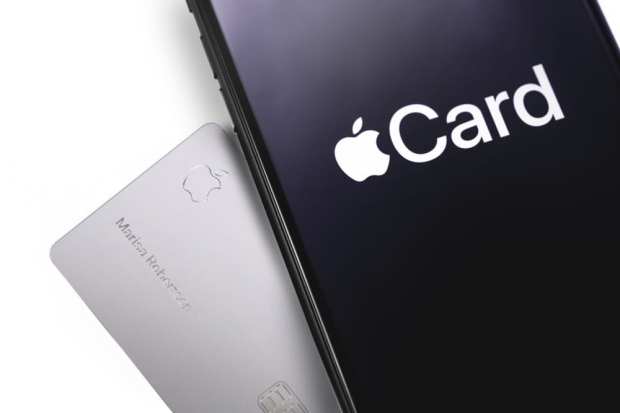Apple’s Shiny (Possibly Damaging) Card Offers Design Lessons

In the drive for luxury, for exclusivity, how far is too far before high-end goods risk alienating – well, everybody?
Let’s start with the mantra that “form follows function.”
It’s one of the guiding principles of design, and in general, it means purpose should dictate the way a product is created, and includes the form factor in which it is delivered. The same principle holds true for technology. Shouldn’t it hold weight for payments, too – specifically, credit cards?
Consider the news this week of the Apple Card’s debut, allowing holders to make purchases and earn cash back, among other features (and, of course, launched jointly with Goldman in a bid to spur the bank’s push into consumer-focused financial services).
Disruptive? Time will tell.
Destructive? Seems so, and literally.
As reported, Apple has launched the card with a digital-first mindset, and it shows – chiefly in the fact that the tangible, titanium card has its dangers. The tech giant has offered up a support guide for the card itself, which reads partly like a manual of “thou should nots.”
If Apple has done much to change the fabric of society, society’s fabric can do much to change the Apple Card.
The support manual states that consumers should store the card in “a wallet, pocket or bag made of soft materials … [the card should be stored] in a slot in your wallet or billfold without touching another credit card.” Apparently, the card could be scratched if it comes in contact with another card. Don’t put it in denim, as there can be discoloration that will not wash off.
Thus: Keep the card separate. Very separate. Talk about exclusivity.
We’ll assume “top of mind” does not mean “top of mind because you are worrying about everything that can go wrong with this physical card.”
The internet-driven derision started almost immediately. Apparently there is the half-joking speculation that Apple will offer “card socks” at $99, as noted by The Washington Post.
But in most humor lies a kernel of truth. Might we see Apple Cards, fragile as they seem, given a further luxury treatment, where card socks become a thing, where tiny $500 handbags – which can hold nothing, really, but status – are finally put to use? This would be a triumph of marketing – to turn a design flaw into a springboard toward exclusivity.
Apple has offered cleaning tips to keep the card looking sleek and metallic and untarnished. Think: cloth and rubbing alcohol. But babying what is essentially a payment product rendered in an ultimately vulnerable form factor runs counter to using it, well, all the time, which is something Apple ostensibly wants.
Or … perhaps it’s a subtle strategy to boost digital-only purchases.
